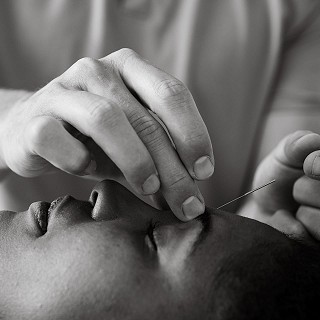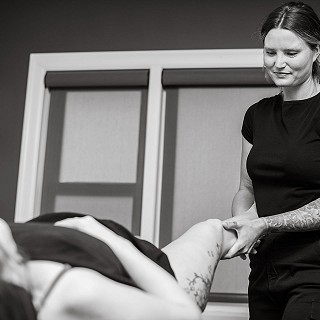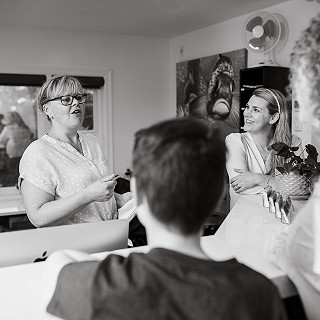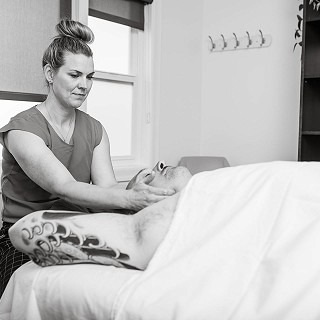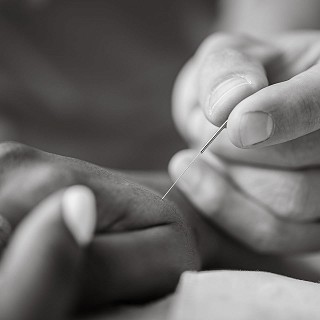Dynamic Stretches vs. Static Stretches
Dynamic stretching involves movements (such as wide arm circles) that more closely resemble what the body does during sports activities, but without the bouncing often involved in static stretching. Static stretching involves stretching while the body is at rest, by stretching to a point of tension and holding that stretch for a few seconds to a few minutes.
History
Stretching has been around as long as mankind, because it is one of the most natural movements that humans make. Instinctive stretching often appears in tandem with yawning. At some point (no one can say exactly when) people realized that if they stretched before they exercised, their body felt less tight and they could exercise more comfortably. When most of us think about stretching we travel in our minds back to gym class in high school and remember those awkward movements we were told to hold then bounce into. For years, people thought that any stretch was a good stretch. Recently people have begun to debate dynamic stretching and static stretching.
Differences
Dynamic stretching is usually done at the beginning of an exercise program after a proper warmup, while static stretching is usually performed after exercising. Dynamic stretches closely mimic movements made during exercise, so they’re usually used to prepare for athletic events. Static stretches are used to improve flexibility and cool your body down after you exercise, and are therefore done when the body is standing still.
Research
For years, coaches have thought that static stretching before exercising gave their players protection from injury and helped them perform better. There have been studies that have shown that muscle strength can decrease up to 9% during the hour after static stretching and that coordination of explosive movement (such as in playing soccer) can be decreased as well. One scientific study included a trainer who worked out his players 26,000 times during their playing season without a major muscle injury.
Debate
Some sports such as soccer are strongly against static stretching, because they believe that although it makes you readier to exercise, it also makes you weaker so that your performance may suffer. Dynamic stretching involves focusing on gradual increases as you reach into the stretch without jerking motions. Static stretching requires you to stretch as far as you can and hold that stretch. Because you simply go as far as you can in static stretching and therefore require little or no training to do it right, this is the easiest way for those who are just beginning to to integrate stretching into their routine.
Consensus
Ultimately, static or dynamic stretching is the choice of trainers when it comes to team players. When you are deciding for yourself, accepted wisdom supported by research and athletes’ personal experiences suggest that dynamic stretching should be done before exercise, with static stretching ending the workout to help you cool down.
Gluten Free Carrot Cake Cupcakes
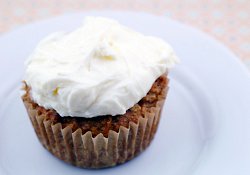
Ingredients
- 1 ½ cups blanched almond flour
- ½ teaspoon celtic sea salt
- ½ teaspoon baking soda
- ½ tablespoon cinnamon
- 3 eggs
- 2 tablespoons grapeseed oil
- ¼ cup agave nectar
- 1 ½ cups carrots, grated
- ½ cup pecans, chopped
Cream Cheese Frosting
- 8 ounces cream cheese, at room temperature
- 2 tablespoons (28 g) unsalted butter, at room temperature
- 1/4 teaspoon celtic sea salt
- 2 1/2 cups (288 g) confectioners’ sugar
Instructions
- In a large bowl, combine almond flour, salt, baking soda and cinnamon
- In a separate bowl, mix together eggs, oil and agave
- Stir carrots and pecans into wet ingredients
- Stir wet ingredients into dry
- Scoop a heaping ¼ cup batter into a paper lined 12 cup muffin pan
- Bake at 325° for 18 to 22 minutes
- Cool to room temperature and spread with Creamy Cream Cheese Frosting
Serves: 10
Neck Stretch
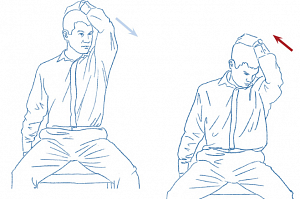
- In the starting, place your hand behind you diagonally and rotate your head 45 degrees. Bring your head down toward your left knee without hunching over.
- Resist by pressing into your hand.
